curatorial text
Saara Hacklin
Despite all the difficulties: On Axel Straschnoy's La Figure de la Terre
I spent my childhood in the city of Tornio, on the island of Suensaari – or Swenzar, as it was spelled by Maupertuis. Already as a child we were told, at different occasions, the story of Maupertuis’s expedition to the Tornio river valley in Finnish Lapland. This history, once it slowly started to make sense to me, always appeared as an impossible story. At first, the scientific aspect was not in the forefront, instead, my amazement had to do with all the practical issues. How such a distant and small city became interesting in the eyes of French researchers? How did they travel? How did they manage to converse with the locals, and what did the locals understand of their project? I could not help thinking how exotic both the French and the Finns must have appeared to each other. Axel Straschnoy’s La Figure de la Terre takes its point of departure in the expedition lead by Maupertuis to the Tornio river valley (1736–37).
In my mind, the work, besides opening questions concerning the scientific world view, poses the question of encountering and amazement. The work sets the scene for Finnish historians of science, Osmo Pekonen and Johan Stén, to pose as French scientists in Tornio and around. This is being filmed by Argentinian born artist based in Helsinki. Eventually all this is presented to the audience in Buenos Aires. Here the spectator encounters a kaleidoscopic image, where one’s exact position on the earth seems to become less and less possible to trace. Whose vision are following? Who is “Maupertuis”, or “Tornio” and “earth”, for that matter?
The motivation for the story – weather the globe is perfectly round or slightly flattened – is of course, from the outset purely scientific question that at the time “interested everyone” (tout le monde), and yet as such had nothing to do with Tornio valley. Its location simply happened to offer ideal conditions for measuring. So even though it was an intriguing location for the theories debated in scientific societies and practice to meet, it was coincidental. The expedition itself is an example of mathematization of the world, the success story for natural sciences to take hold of the world, measuring it bit by bit.
Yet on second thought we can see how the location served a perfect stage for Maupertuis’s endeavors. We see how the scientist-hero solves the shape of the earth in nordic extreme conditions. From this perspective it becomes easy to see how the expedition is not only about the measurements – who possesses the “right” knowledge –, but also about the story: how this knowledge is staged to the public. While taking hold of the globe through his geodesic expedition, Maupertuis takes himself to the limelight of both science and societal life in Paris. (To the point that Voltaire uses the expedition in his Micromegas short story.)
Watching Straschnoy’s La Figure de la Terre, I cannot help thinking about re-enactment. As a practice, re-enactment has come to the sphere of contemporary art through history hobbyists. It has been a way to both activate the public and to reach another kind of understanding of historical events. I am thinking how re-enactment seems to hide a fantasy that today appears to be both forbidden and self-evident: through re-enactment we hope to gain new kind of knowledge of the original event. This assumption is based on a presupposition that by positioning oneself in the same place, clothes, conditions – whatever is your chosen props – you may understand more, or even, become someone else. And why not? A story told to you surely sounds different from a story in which you are asked to be in. By acting it out the narrative becomes more personal, it suddenly involves you, touches you in a very concrete way.
In La Figure de la Terre we follow a process where we see layered projections and representations of men and their obsessions. Here the original event of the re-enactment has been lost from the beginning – it itself was already staged for somebody, somewhere else. Meanwhile, life, history and fiction intertwine so that it becomes impossible to tell them apart.
view more
exhibition

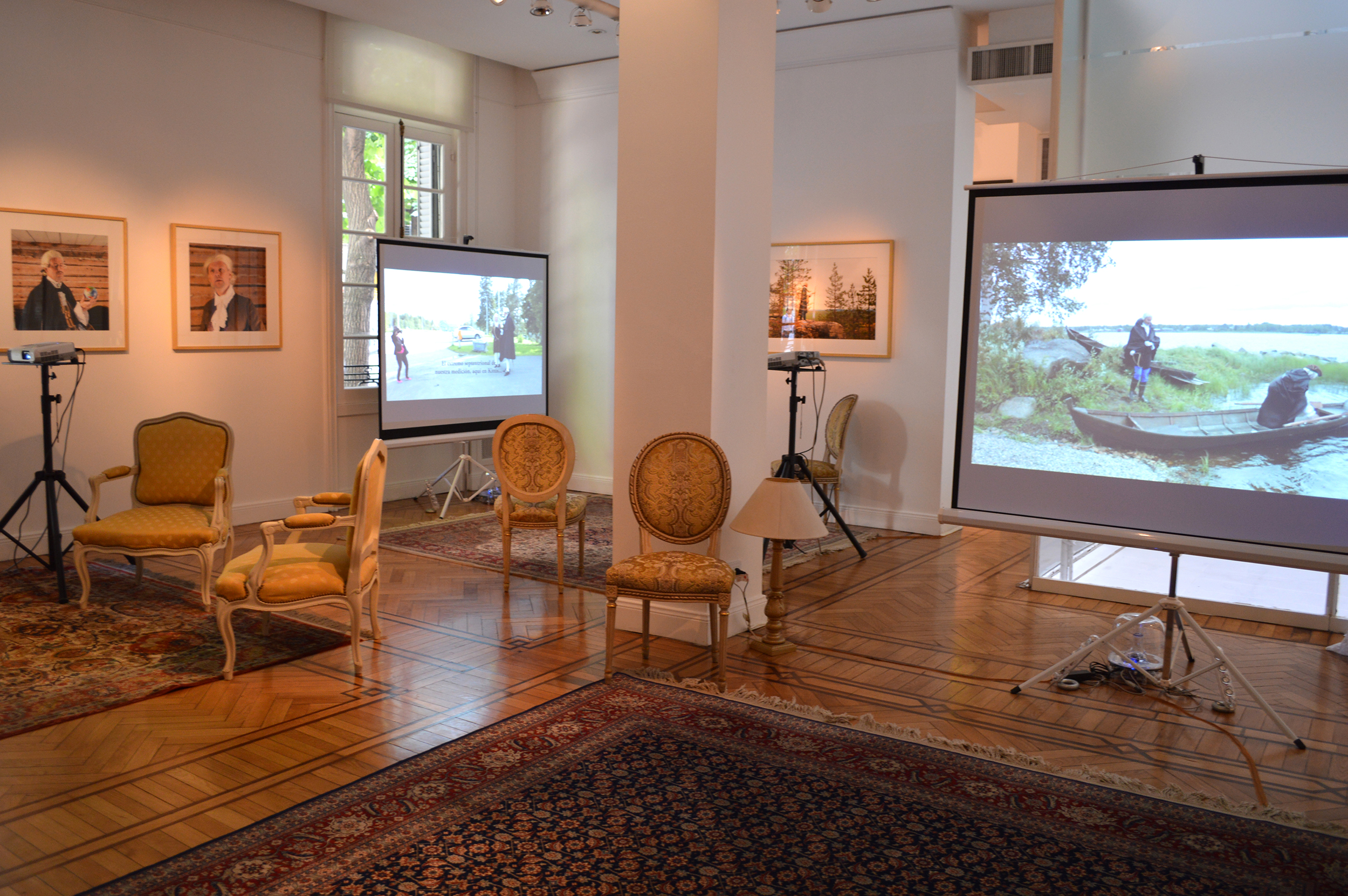

other exhibitions
Axel Straschnoy, Beto De Volder, Clorindo Testa, Emilio Pettoruti, Enio Iommi, Esteban Pastorino, Gyula Kosice, Manuel Espinosa, Marcela Cabutti, Matilde Marin, Rogelio Polesello, Romina Ressia, Romulo Macció · 12.12.2023 - 15.02.2024
Indefinit
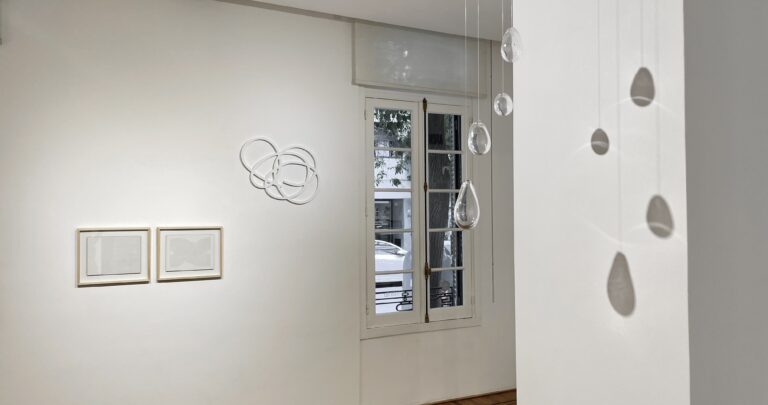
Axel Straschnoy · 02.11.2023 - 29.12.2023
Brave the Heavenly Breezes
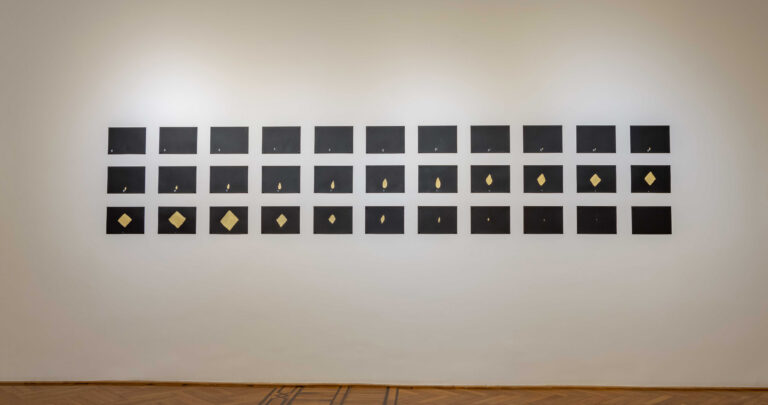
André Komatsu, Enio Iommi, Clorindo Testa · 23.08.2023 - 31.10.2023
Hiato

Mariela Vita · 12.07.2023 - 16.08.2023
GEJIGEJI

Polesello, Aizenbeg, Kosice, Vardanega, Le Parc, Iommi, Puente, Arden Quin, Espinosa, Demarco, Straschnoy, De Volder, Pastorino, Imola, Batistelli, Cabutti, Reyna · 09.02.2023 - 15.03.2023
Eléctrico/ ecléctico
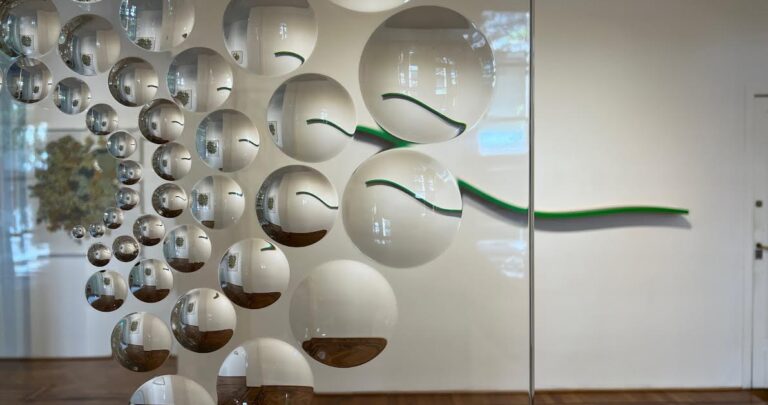
Fabiana Imola & Aníbal Brizuela · 16.09.2022 - 02.12.2022
Inside, the shapes. They move alone
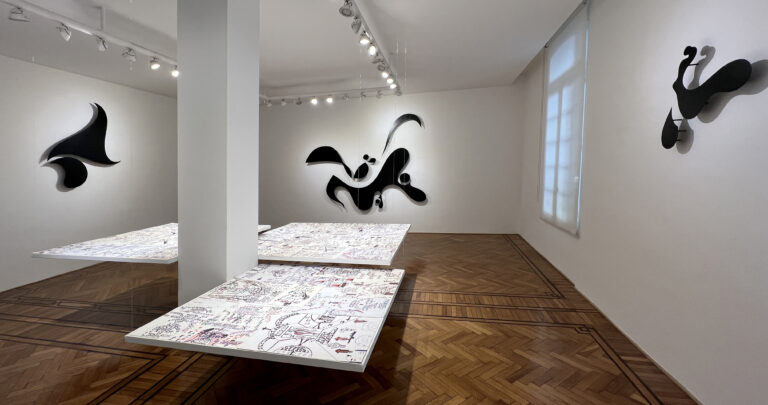
Romina Ressia · 09.06.2022 - 25.08.2022
Grow flowers
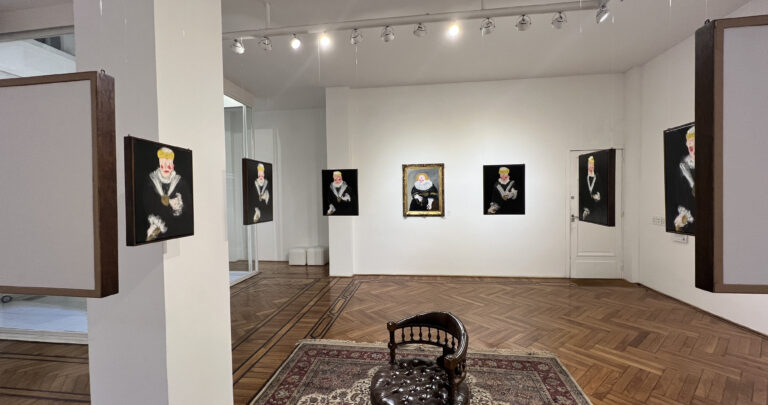
Martín Reyna · 11.03.2022 - 03.06.2022
Color in transit
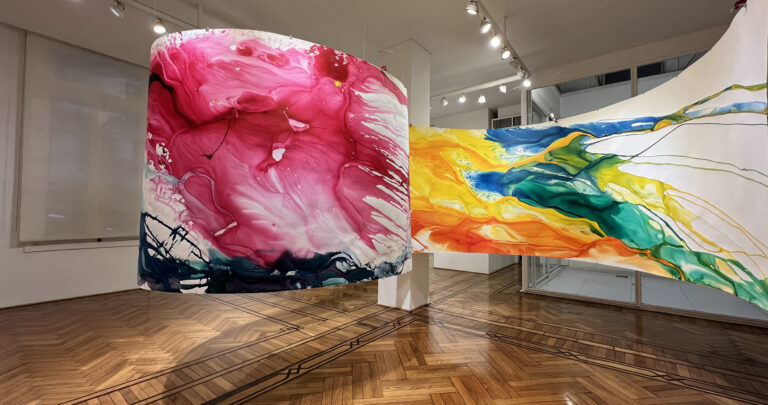
Matilde Marín · 08.02.2022 - 02.03.2022
25FPS

Clorindo Testa · 11.11.2021 - 31.01.2022
Testa, projects and other games

Cabutti, De Volder, Reyna, Imola, Ventoso, Ressia. · 05.10.2021 - 22.10.2021
Group Show 2021 II

Matilde Marín · 23.07.2015 - 21.09.2015
Undetermined landscapes
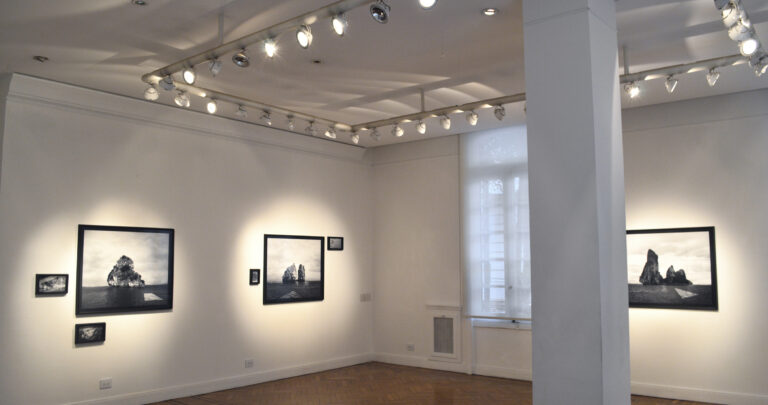
Marcela Cabutti · 16.07.2021 - 22.09.2021
Balcarce, topographic memories of a landscape

Benito Laren · 12.05.2012 - 22.06.2012
Casino
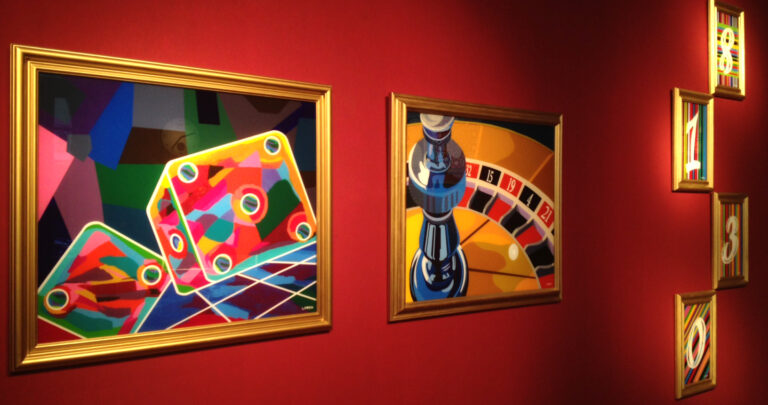
Lila Siegrist · 26.06.2012 - 27.08.2012
Vikinga Criolla
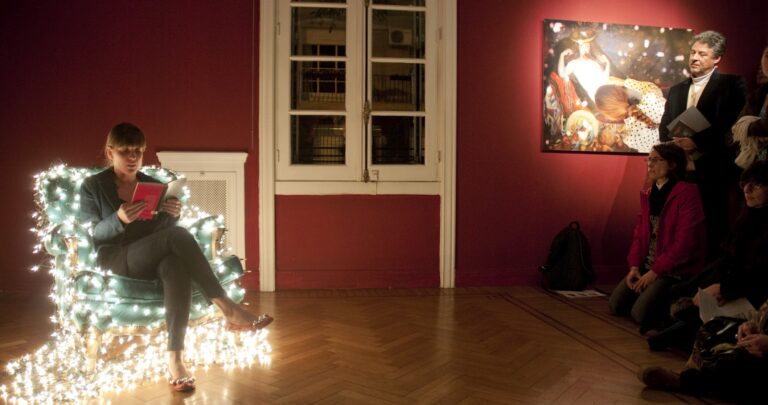
Cárdenas, Imola, Marin, Res, Sommerfelt, Ventoso · 10.08.2012 - 11.10.2012
Morphological confrontations
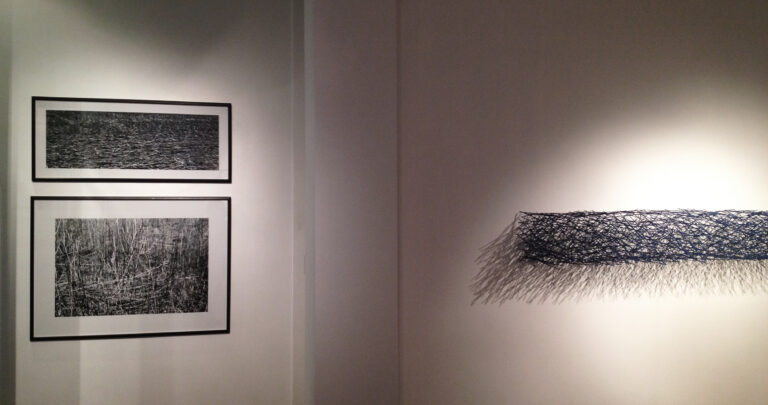
Martin Reyna · 20.09.2012 - 20.11.2012
Reyna in the horizon of color
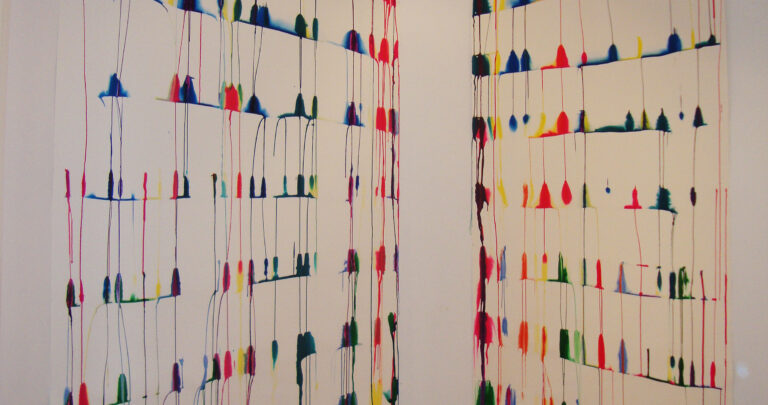
Romina Orazi · 04.12.2012 - 04.02.2013
Subject to infinite division
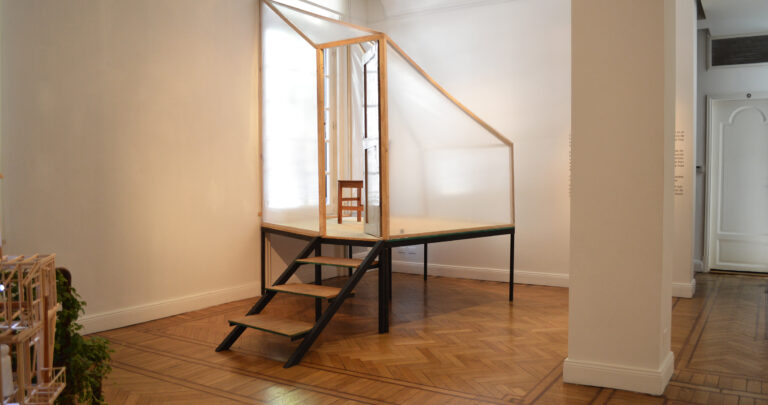
Aizenberg, Boto, Espinosa, Iommi, Lozza, Le Parc, Kosice, Silva, Tomasello, Vardánega · 01.06.2013 - 31.07.2013
Dimensional
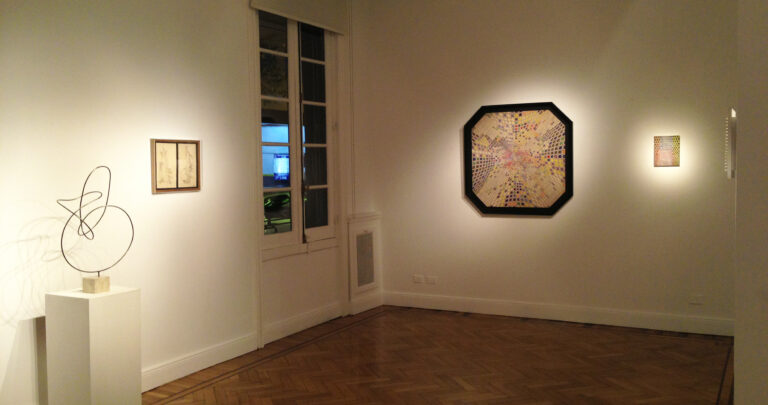
Antoniadis, Marín · 07.09.2013 - 07.11.2013
Double contrast
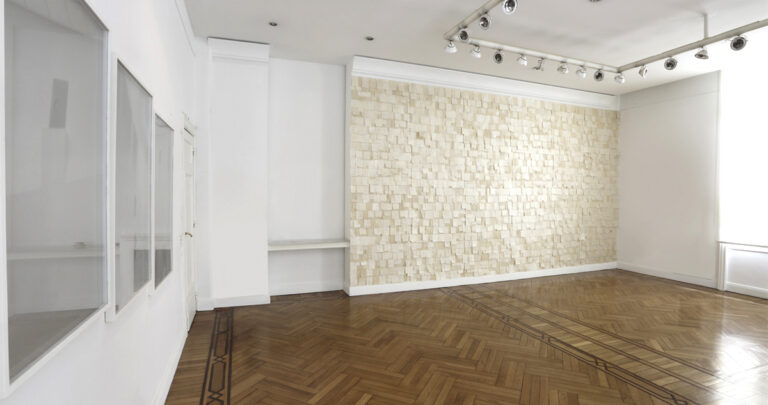
Andrés Sobrino · 28.03.2013 - 30.05.2013
Andrés Sobrino

Antoniadis, Cabutti, Laren, Reyna, Florido, Sobrino, Straschnoy, Tarazona, Ventoso · 20.12.2013 - 15.02.2014
Universus

Elena Dahn · 25.03.2014 - 26.05.2014
Elena Dahn

Marcela Cabutti · 15.07.2014 - 15.09.2014
Finding meaning through shapes

Fusilier, León, Quesada Pons y Vega · 15.03.2015 - 30.04.2015
Limbo

Luciana Levington · 28.05.2015 - 24.07.2015
Luciana Levinton

Leo Battitelli · 12.11.2015 - 12.01.2016
Gargalhadas

Hasper, Scafati · 10.02.2016 - 11.04.2016
Womens’ double
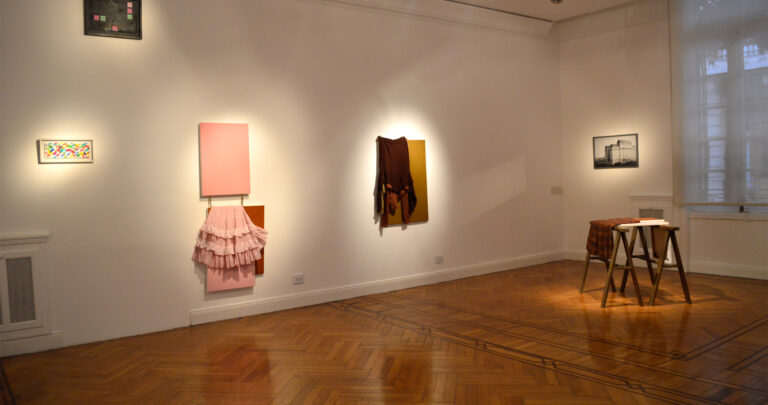
Axel Straschnoy · 12.05.2016 - 13.06.2016
Today, great tomorrow!, in the pines wind blows from the past.
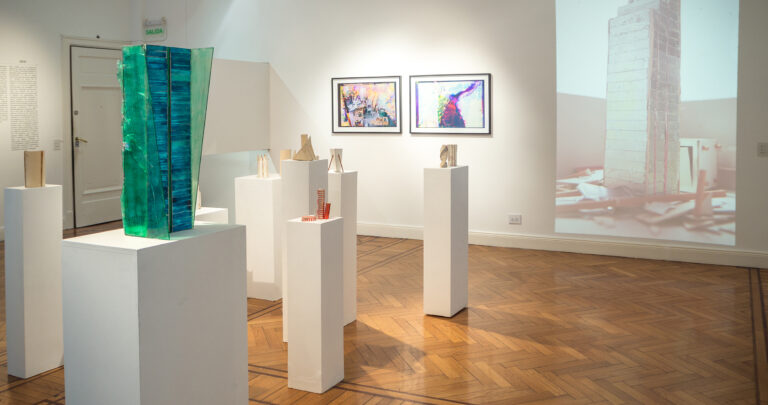
Arden Quin, Boto, Demarco, Espinosa, Iommi, Le Parc, Lozza, Polesello, Puente, Silva, Testa, Tomasello · 07.06.2016 - 05.08.2016
Masters of the avant-garde

De Volder, Sobrino · 11.08.2016 - 10.10.2016
Andres Sobrino and Beto De Volder

Battistelli, Cabutti, Cacchiarelli, Sobrino, De Volder · 02.01.2017 - 28.02.2017
2017 Group Show

Fabiana Imola · 28.02.2017 - 14.04.2017
The forest, the rain and other scenes
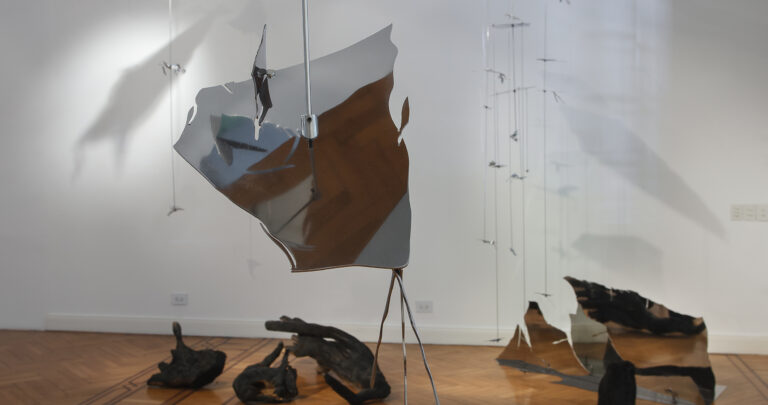
Alberto Heredia · 06.09.2017 - 11.10.2017
Alberto Heredia

Federico Manuel Peralta Ramos · 31.10.2017 - 29.12.2017
Federico Manuel Peralta Ramos
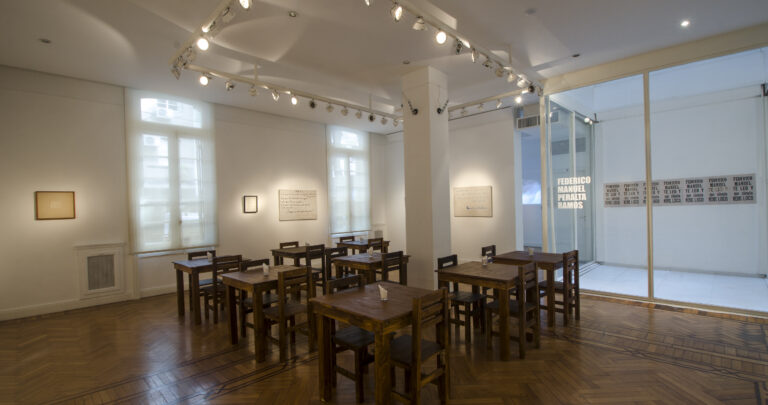
Marcela Cabutti · 10.11.2017 - 31.01.2018
About the effective distance between objects

Luciana Rondolini · 15.02.2018 - 15.04.2018
End
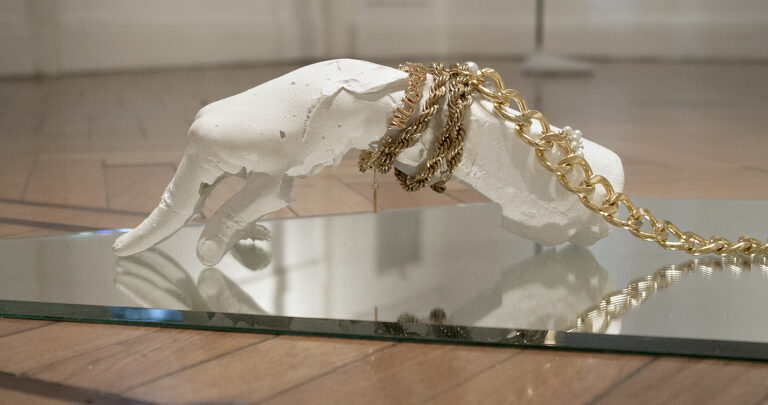
Estanislao Florido · 27.04.2018 - 01.07.2018
The disenchanted object

Battistelli, Cabutti, Marín, Straschnoy, Ventoso, De Volder · 06.07.2018 - 31.08.2018
2018 Group Show

Rogelio Polesello · 06.09.2018 - 20.12.2018
Vortex

Cabutti, Imola, Marín, Reyna, Rondolini, Straschnoy, De Volder · 27.02.2019 - 03.04.2019
2019 Group Show

Alberto Greco · 04.04.2019 - 31.08.2019
The bad handwriting
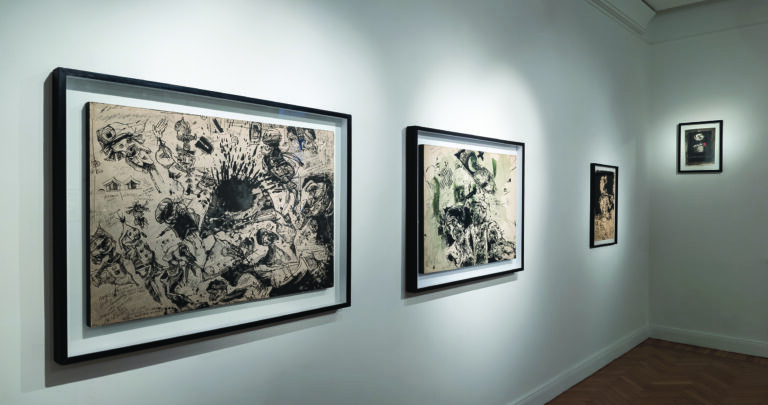
Matilde Marín · 25.09.2019 - 31.12.2019
As the blue smoke of Ítaca is spotted

Esteban Pastorino · 10.09.2020 - 29.01.2021
Pastorino
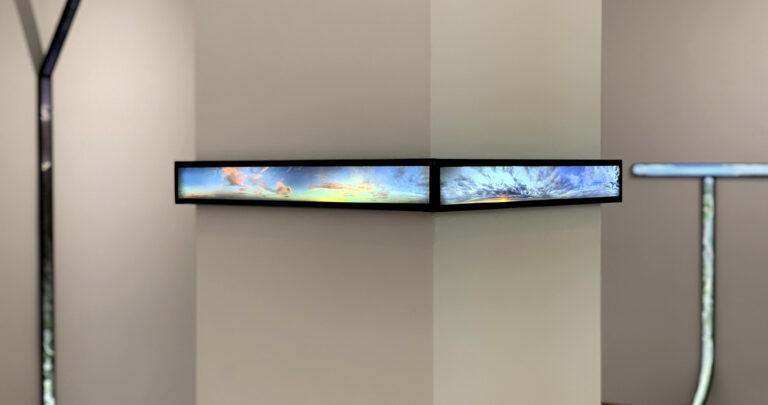
Marín, Imola, De Volder, Reyna, Florido, Straschnoy, Pastorino · 08.02.2021 - 01.04.2021
2021 Group Show
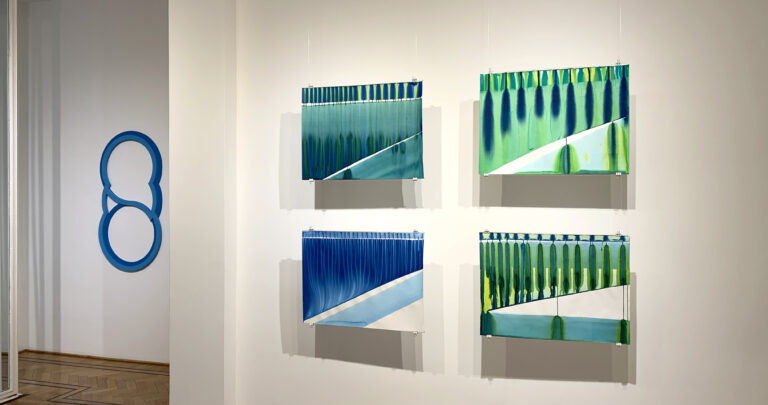
Alberto Greco · 06.04.2021 - 30.06.2021
LA PITTURA È FINITA. Poses and impostures of Alberto Greco in Italy
